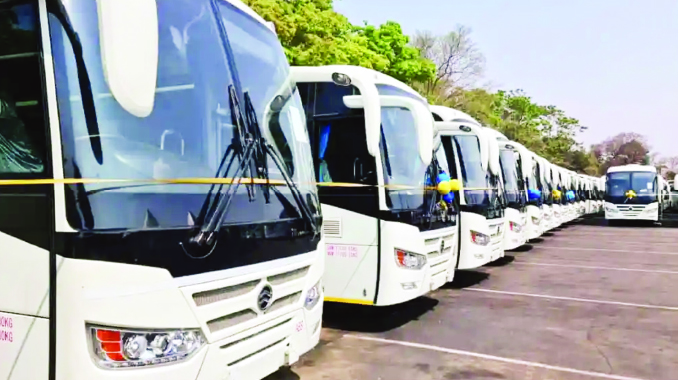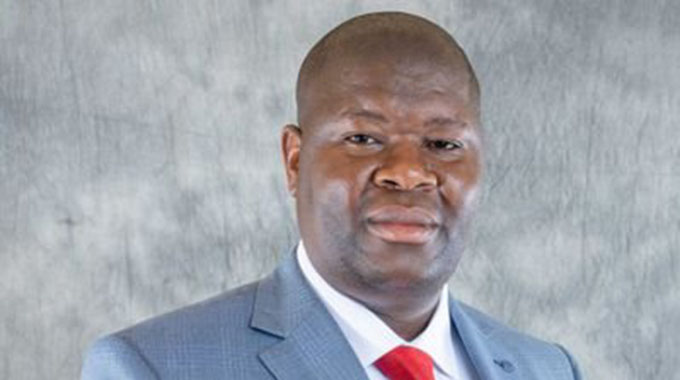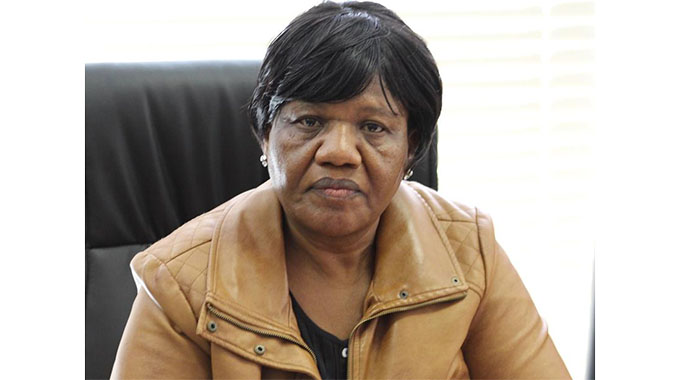Editorial Comment: Bus assembly allows for design upgrades

Zimbabwe is returning to bus assembly and hopefully will be building its own large fleet required to provide a decent public transport service with a return to design changes to suit local conditions and increasing local manufacture of some components.
The components for the first 21 in the deal planned since last year have now arrived, and the new Amalgamated Bus Industries, created from the remains of the skills base that once supplied almost every new bus in Zimbabwe, is in operation and hiring its first workers.
It is a start, with the next batch scheduled to be 100 buses as the company moves into the sort of level of production required to build and then sustain the required fleet.
We are talking about a lot of buses when we look at the sort of fleet that Zupco requires for its services, the fleet that the Government requires for its staff and the fleet that private bus operators require for their services.
Before the creation and collapse of Zupco, the two companies that were nationalised had close to 1 500 buses, with 60 percent of that fleet in Harare and the rest spread across the other urban areas and their superior town planning.
In addition there was a third company running Chitungwiza routes plus the large number of rural routes served by private companies. Since those days a lot of schools have bought buses.
Since then the population has risen significantly, with a lot more new suburbs generally further out of town so it is not difficult to calculate that we probably need well over 2 000 buses for decent scheduled urban routes plus the fleet for all the other uses. So there is plenty of room for a growing business.
The immediate gains of assembly are clear, moving the assembly charges and a fair slice of the transport charges, since we can now import containers rather than space consuming made-up buses across the oceans into Zimbabwe.
Amalgamated Bus Industries (ABI) estimates the total foreign currency savings are around US$30 000 a bus for a start.
One problem with vehicle assembly in recent decades has been the reluctance of Zimbabwean consumers to buy the vehicles.
The actual models desired, with buyers gazing in catalogues, have not been the ones that are readily available for local assembly and there have been problems that the sort of assembly lines required are no longer the more simple ones used in the past.
A modern car factory is a complex operation using robots with a continuous feed of very precise parts. There are alternatives, but some of the manufacturers are not keen on local assembly and the Zimbabwean market is driven by different buying decisions.
Buses are different and basically have to built with bodies on a chassis with bus companies in fact insistent on this so that it is easy to repair body work and replace components in a day rather than needing a week in a body shop. This is standard in most of the world.
This also allows for design changes, and even for different modifications for rural and urban buses. The present fleet is varied, although there are four clear blocks of buses: the remains of the fleet that were locally made, more than 25 years ago, a set of large South African buses of similar design using a range of engines, and two Chinese makes.
When AVM were building buses they introduced quite a bit of local design into the bodies so they could cope on bad rural roads with large loads and could be tailored for urban routes at rush hour.
Here Amalgamated Bus Industries needs to have some serious discussions with Zimbabwean operators, including the mechanics responsible for maintaining the buses and the operating managers who deal with the passengers, daily.
For a start the seating on some types needs to be fixed. What works on long highway routes is not always ideal on urban routes, as a couple of seat designs that break easily show, and urban buses which need to have standing passengers at times also need proper railings that people can hang onto, rather than have to try and grip the end of a luggage rack or a seat back.
There are also things like aisle widths, again especially on urban buses where people are moving up and down all the time rather than just sitting there for five hours.
Mechanical forepersons might well have some very good ideas on suspension modifications and the Vehicle Inspectorate Department and the Zimbabwe Traffic Safety Board should have input on safety matters and this would include dealing with wheel problems, a weakness on some older designs.
In other words we can take the basic Chinese design, and maintain the big expensive engine and drive, but look at the bodywork, seating and other aspects where it is relatively easy to modify the design.
At the same time we need to keep our eyes open for local manufacturing as well as just assembly. Two steelworks are being built or resuscitated and among the products being looked at are steel sheet and the sort of thing needed for window frames.
We can in fact make from Zimbabwean steel fairly soon at least most of the shell, giving even more flexibility in the design of the bit everyone sees even if we continue to import the chassis, engines, gearboxes and drive components.
AVM did this, although suffered from holding a near monopoly and so was not as responsive to customer needs as it could have been, which probably prevented the export of their designs in any number.
ABI has already announced its intention to move into export markets as it builds capacity and here a very strong relationship between the Chinese and Zimbabwean engineers should be able to design a small range of buses that combine quality engineering under the hood with quality bodywork that can be easily maintained, is robust, suits local conditions and can be made from an ever increasing range of local materials.
By pushing design, quality and suitability for African cities and roads, models can be made that will find a decent export market among neighbours, especially if we can increase the local content so they qualify under the duty-free rules of the African Free Trade Area.
All this requires some very close co-operation between the main Chinese design company, the engineers at Amalgamated Bus Industries, Zupco, the rural bus companies and the long distance bus companies so that the best quality modified product for each set of uses can be made and buses, along hopefully with trucks very soon, can become the base for a major Zimbabwean industry. The cars can come later.











Comments